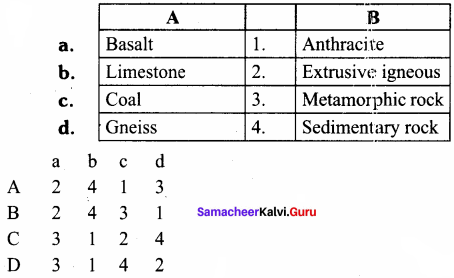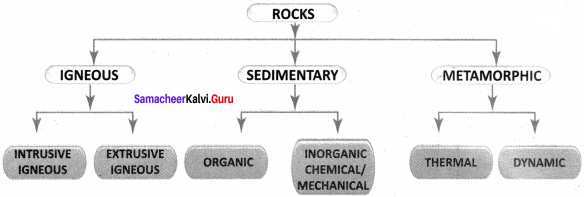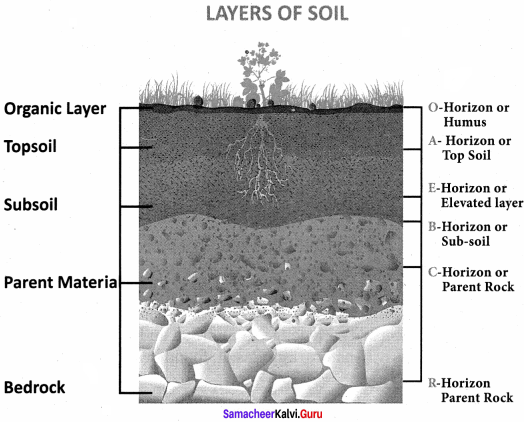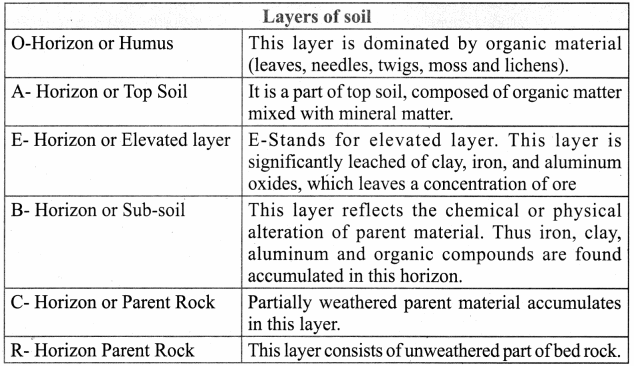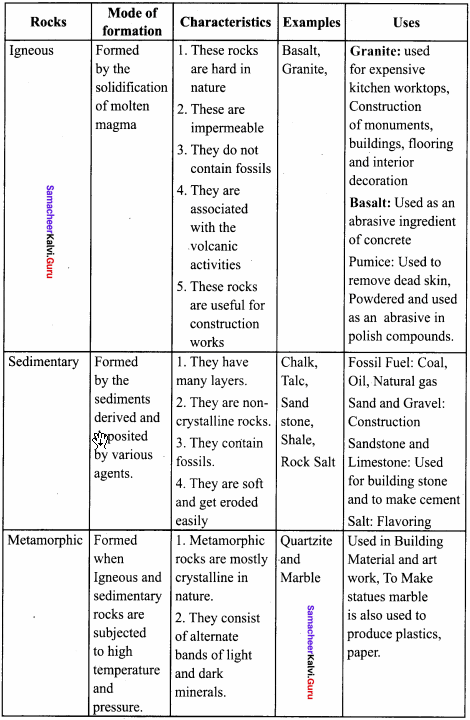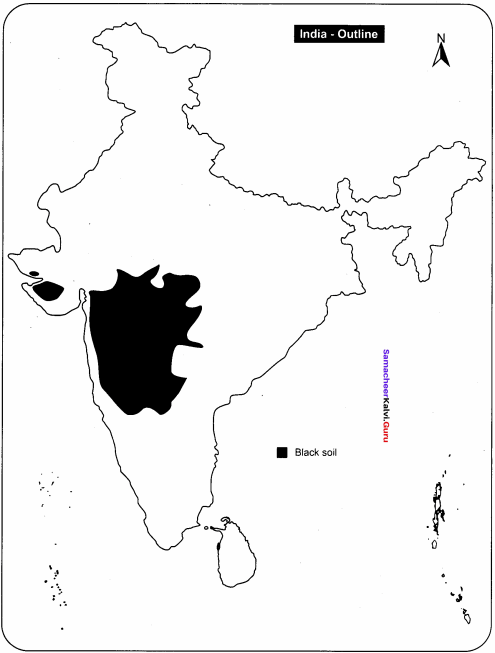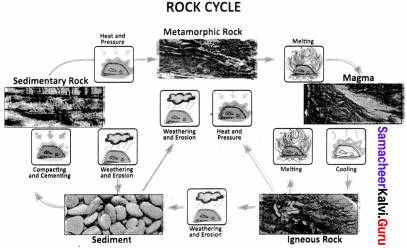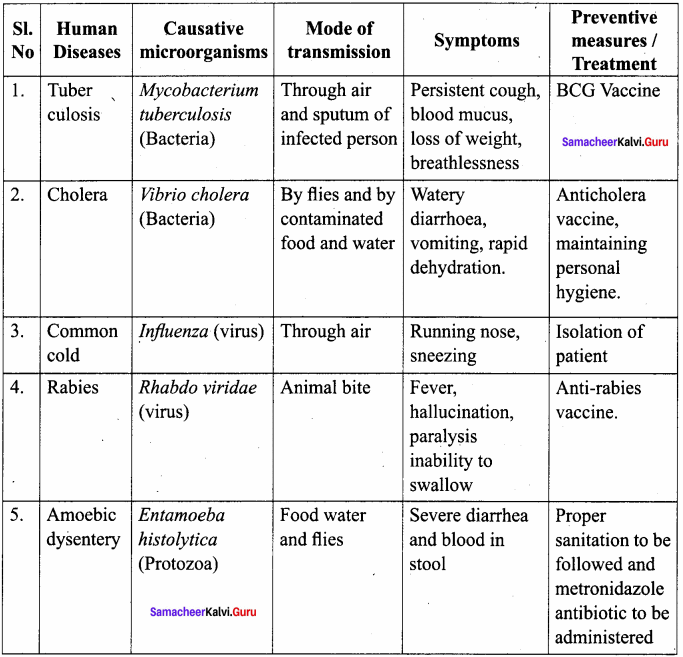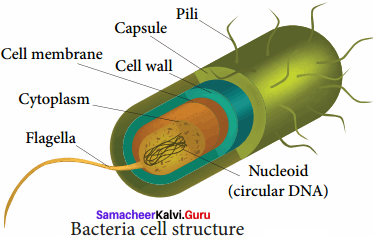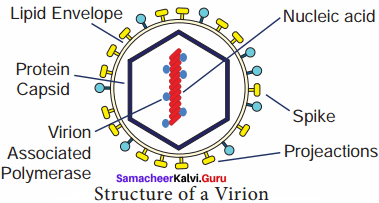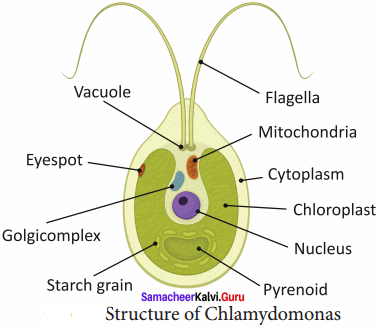Students can Download English Lesson 1 Jim Corbett, A Hunter Turned Naturalist Questions and Answers, Summary, Activity, Notes, Samacheer Kalvi 8th English Book Solutions Guide Pdf helps you to revise the complete Tamilnadu State Board New Syllabus and score more marks in your examinations.
Tamilnadu Samacheer Kalvi 8th English Solutions Term 1 Supplementary Chapter 1 Jim Corbett, A Hunter Turned Naturalist
A. Fill in the blanks.
- Jim Corbett was born on _________
- Corbett shot wild animals in his _________
- _________ was the first man-eater shot by Corbett.
- Corbett shot the tigress dead, near the _________
Answer:
- 25th July 1875
- cine film camera
- The Champawat Tiger
- Chataar Bridge
B. Read the following passage and answer the questions given below.
Jim Corbett played a key role in establishing, India’s first national park in the Kumaon Hills, the Hailey National Park, in Uttarakhand, India. It was initially named after, Lord Malcolm Hailey. Jim Corbett died on 19 April 1955. The park was renamed in 1957 as, The Jim Corbett National Park. It was named after him to honour his role in establishing this protected area in 1930s.
Jim Corbett A Hunter Turned Naturalist Question 1.
Who played a key role in establishing the national park?
Answer:
Corbett played a key role in establishing the India’s first National Park in the Kumaon Hills.
Jim Corbett A Hunter Turned Naturalist Question And Answer Question 2.
Why was the park named Hailey National Park?
Answer:
The park was named ‘Hailey National Park’ to honour the Governor of United Provinces ‘Lord Malcolm Hailey’.
Jim Corbett A Hunter Turned Naturalist Summary Question 3.
When was it renamed as Jim Corbett National Park?
Answer:
The park was renamed in 1957 as the Jim Corbett National Park to honour his role in establishing the protected area in 1930s.
C. Answer the following in one or two words.
Jim Corbett Hunter Turned Naturalist Question 1.
What was the birth name of Jim Corbett?
Answer:
The birth name of Jim Corbett was Edward James Corbett.
Jim Corbett A Hunter Turned Naturalist 8th Std In Tamil Question 2.
What was the name of Corbett’s dog?
Answer:
The name of Jim Corbett’s dog was Robin.
Corbett Shot Wild Animals In His Answer Question 3.
How many kills did the Champawat Tiger recorded?
Answer:
The Champawat Tiger recorded 436 deaths in Nepal and the Kumaon area of India. Her attacks have been listed in the Guinness Book of World Records as the highest number of death from a tiger.
Jim Corbett Shot Wild Animals In His Question 4.
Who was the last kill of the Champawat Tiger?
Answer:
The last person to be killed by the Champawat Tiger was a 16 year old girl in a village near Champawat.
Jim Corbett A Hunter Turned Naturalist Book Back Answers Question 5.
When did Jim Corbett died?
Answer:
Jim Corbett died on 19th April 1955.
D. Answer the following in 100 words.
Jim Corbett Question Answer Question 1.
According to Corbett, why a tiger turns into a man eater?
Answer:
According to Corbett’s theory, a tiger starts eating humans, when they grow old or got hurt. As they cannot run fast, they start killing humans. People cannot run as fast . as animals. So they become easy prey. After eating human flesh once, a tiger will not
eat any other flesh. These tigers are called man-eaters. Join Corbett’s first man eating tiger hunt was the Champawat Tiger. It was a Bengal tigress. It was responsible for nearly 436 deaths in Nepal and the Kumaon area of India.
8th English Jim Corbett A Hunter Turned Naturalist Question 2.
How was the Champawat Tiger killed?
Answer:
Jim Corbett camped in the Kumaon District and started tracking the tigress. He moved around the villages and limited the activities of the man-eater. After several unsuccessful attempts, Corbett managed to kill the tiger. When a 16 year old girl was killed by the tigress, it left a trail of blood, which was followed by Jim. After a whole day of search, Jim, decided to organise a bait, the next day. With the help of the Thasildar of Champawat, the bait was organised with about 300 villagers. The next day, Corbett shot the tigress dead, near the Chataar Bridge in Champawat.
Question 3.
What were the findings of the postmortem ?
Answer:
A postmortem was done on the Bengal Tigress. It showed that the upper and lower ’ canine teeth on the right side of her mouth were broken. The upper one was broken in half and the lower one broke right down to the bone. This injury was a result of an old gunshot from the game hunter who failed to track and kill it. According to Jim Corbett this injury prevented her from hunting her natural prey and so she started to hunt humans.
Step To Success
Analogy – verbal reasoning questions.
There is certain relation between two given words, find the relation to find the missing word.
Question 1.
Reading : Knowledge, Work: ?
(a) Experience
(b) Engagement
(c) Experiment
(d) Employment
Answer:
(a) Experience
Question 2.
Cricket: Bat, Hokey: ?
(a) Field
(b) Stick
(c) Player
(d) Ball
Answer:
(b) Stick
Question 3.
Dog : Rabies, Mosquito : ?
(a) Plague
(b) Death
(c) Malaria
(d) Sting
Answer:
(c) Malaria
Question 4.
Man : Biography, Nation : ?
(a) Leader
(b) People
(c) Geography
(d) History
Answer:
(d) History
Question 5.
Bread: Bakery, Brick: ?
(a) Mint
(b) Kiln
(c) Furnace
(d) Mine
Answer:
(b) Kiln
Question 6.
Doctor: Diagnosis, Judge : ?
(a) Court
(b) Punishment
(c) Lawyer
(d) Judgement
Answer:
(d) Judgement
Connecting To Self
Try to know whether your hobby makes things easy.
Answer:
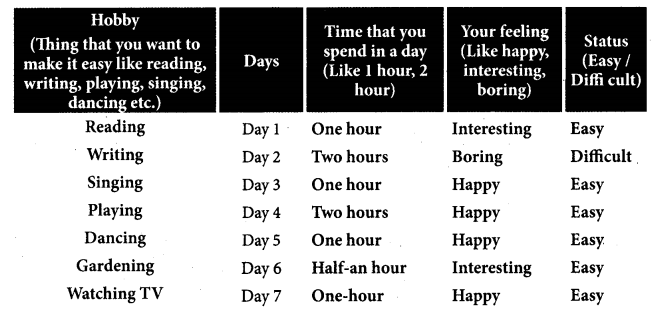
Jim Corbett, A Hunter Turned Naturalist Additional Questions
I. Choose the Correct Answers (MCQ).
Question 1.
Jim Corbett was a wildlife photographer
(a) American
(b) British
(c) German
(d) French
Answer:
Question 2.
Though he was an expert hunter, he admired
(a) game hunt
(b) birds
(c) wildlife
(d) travel
Answer:
Question 3.
He took no joy from the .
(a) kill
(b) chase
(c) deaths
(d) survival
Answer:
(d) kill
Question 4.
There she continued her killings in the district.
(a) Kumaon
(b) Wayanad
(c) Vadodara
(d) Kolar
Answer:
(a) Kumaon
Question 5.
The British government Jim Corbett to help the villagers.
(a) advised
(b) ordered
(c) commanded
(d) requested
Answer:
(d) requested
II. Identify the Character / Speaker.
- “He had a lot of experience with tigers and other wild animals”.
- “She was shot in 1907 by Jim Corbett”.
- “He camped in the Kumaon district”.
- “He took no joy from the kill”.
- “All her kills happened during the daylight”.
Answer:
- Jim Corbett
- Bengal tigress
- Jim Corbett
- Jim Corbett
- Bengal tigress
III. Write True or False against each statement.
- Jim often hunted with his horse Robin.
- The Bengal tigress was responsible for nearly 336 deaths in Nepal and Kumoan area.
- The British government requested Jim Corbett to help the villagers.
- Jim Corbett was always against game hunting.
- People were not terrified to go out into the forest.
Answer:
- False
- False
- True
- True
- False
IV. Very Short Questions with Answers.
Question 1.
What did Jim Corbett hunt?
Answer:
Jim Corbett hunted a number of man-eating tigers and leopards in India.
Question 2.
What did Jim admire?
Answer:
Corbett admired wildlife.
Question 3.
Did he kill wildlife for pleasure or sport?
Answer:
No, he did not kill wildlife for pleasure or sport.
Question 4.
When was the tiger shot?
Answer:
The tiger was shot in 1907 by Jim Corbett.
Question 5.
How old was the girl killed by the tiger?
Answer:
She was 16 years old.
V. Short Questions with Answers.
Question 1.
Where did the tiger begin her attacks?
Answer:
The tiger began her attacks in a Rupal village in western Nepal, Himalayas.
Question 2.
What did the Nepalese army do?
Answer:
The Nepalese army, after failing to kill the tiger, drove her across the border into India.
Question 3.
How were the people to go out and refused to leave?
Answer:
The people were terrified to go out and refused to leave their hunts for work after hearing the tigress’ roar from the forest.
Question 4.
According to Jim, what were the main cause of the mischief of wild animals?
Answer:
Deforestation and human encroachment were the main cause of the mischief of wild animals.
Question 5.
What did Jim educate the people?
Answer:
Jim went on lecturing tours to educate the people about their natural heritage and the need to conserve forests and their wildlife
VI. Paragraph Questions with Answers.
Question 1.
Describe the attacks of the Bengal tigress?
Answer:
The tigress began her attacks in a Rupal village in Western Nepal, Himalayas. Hunters were sent to kill the tiger, but she managed to escape from them. The Nepalese army failed to capture or kill the tigress. It drove the tigress across the border into India. There the tigress continued her killings in the Kumaon District. She killed the people mostly during the day time. After several incidents, people stopped going into the forest to collect firewood, fruits, roots and other things. They were terrified to go out, after hearing her roar from the forest.
VII. mind map
Question 1.
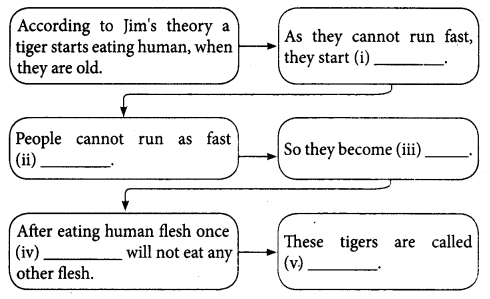
Answer:
- killing humans
- as animals
- easy prey
- a tiger
- man-eaters
Question 2.
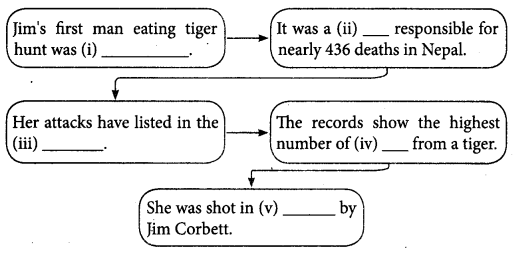
Answer:
- The Champawat Tiger
- Bengal Tigress
- Guinness Book of World Records
- fatalities
- 1907
VIII. Rearrange the Jumbled Sentences.
A.
1. Jim Corbett died on 19th April 1955.
2. Jim played a key role in establishing India’s first national park in the Kumaon Hills.
3. It was named after him to honour his role in establishing this protected area in 1930s.
4. It was initially named after Lord Malcolm Hailey.
5. The park was renamed in 1957 as ‘The Jim Corbett National Park’.
Answer:
2,4,1, 5, 3
2. Jim played a key role in establishing India’s first national park in the Kumaon Hills.
4. It was initially named after Lord Malcolm Hailey.
1. Jim Corbett died on 19th April 1955.
5. The park was renamed in 1957 as ‘The Jim Corbett National Park’.
3. It was named after him to honour his role in establishing this protected area in 1930s.
IX. Read the passage and answer the questions.
A. Edward James Corbett, popularly known as Jim Corbett was a British wildlife photographer, hunter, tracker, naturalist, and writer. He has hunted a number of man-eating tigers and leopards in India. He had a lot of experience with tigers and other wild animals to shoot with his cine film ‘ camera.
Question 1.
Who was Jim Corbett?
Answer:
Jim Corbett was a wildlife photographer, hunter, tracker, naturalist and writer.
Question 2.
How did he shoot tigers and other wild animals?
Answer:
He shot the tigers and other wild animals with his cine film camera.
Question 3.
What was the name given to Jim by his parents?
Answer:
Jim was given the name ‘Edward James Corbett’ by his parents.
B. Jim Corbett was always against game hunting. He strongly advocated that deforestation and human encroachment were the main cause of the mischief of wild animals. He went on lecturing tours to educate the people about their natural heritage and the need to conserve forests and their wildlife.
Question 1.
Who was against game hunting?
Answer:
Jim Corbett was against game hunting.
Question 2.
According to Jim, what were the main cause of the mischief of wild animals?
Answer:
Deforestation and human encroachment were the main causes of mischief of wild animals.
Question 3.
What did Jim educate the people?
Answer:
Jim went on lecturing tours to educate the people about their natural heritage and the need to conserve wildlife.
Jim Corbett, A Hunter Turned Naturalist Additional Questions:
Jim Corbett was a British wildlife photographer, hunter, tracker, naturalist and writer. His birth name was Edward James Corbett. He had hunted a lot of man-eating tigers and leopards in India. He used to shoot the tigers and the wild animals with his cine film camera. His dog, Robin accompanied him for the hunt. Jim Corbett hunted these animals only to help the people and at the request of the government.
His first man-eating tiger hunt was ‘The Champawat Tiger’. It was a Bengal tigress which was responsible for nearly 436 deaths in Nepal and the Kumaon area of India. Her attacks have been listed in the Guinness Book of World Records as the highest number of deaths from a tiger. The tigress began her attacks in a Rupal village in Western Nepal, Himalayas. She continued her killings even in the Kumaon District. Hunters were sent to kill the tigress, but she managed to escape. People were frightened to go to the forest to collect firewood, fruits, roots and other things. Then the British government requested Jim Corbett to help the villagers.
He camped in the Kumaon District and started tracking the tigress. After several unsuccessful attempts, Corbett managed to kill the tigress. When it left a trail of blood, after killing a 16 year old girl, Corbett followed it. He organised a bait with about 300 villagers. The next day, he shot the tigress dead near the Chataar Bridge in Champawat in the year 1907.
Jim Corbett was always against game hunting. He promoted ‘The Association for the Preservation of Game” and the “All India conference for the Preservation of Wildlife”. He played a key role in establishing India’s first national park – ‘the Hailey National Park’. After Jim Corbett’s death on 19th April 1955, the park was renamed in 1957 as “The Jim Corbett National Park”.
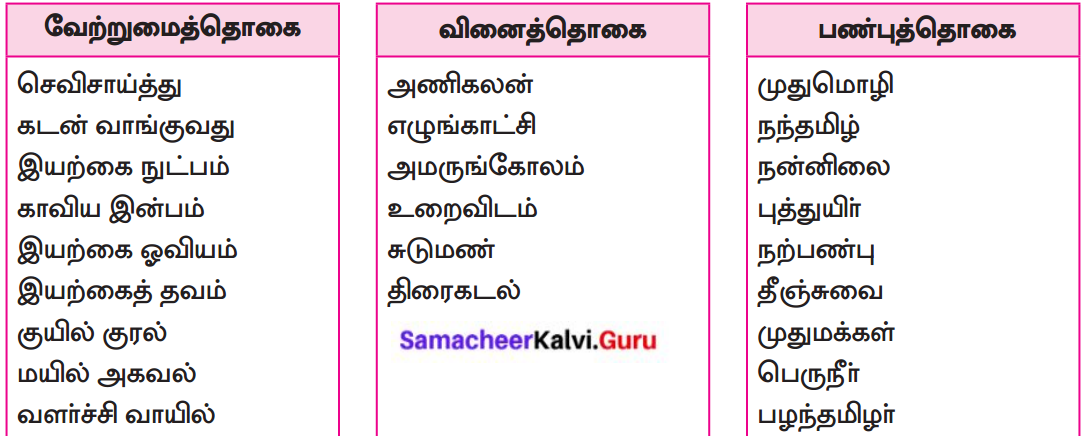
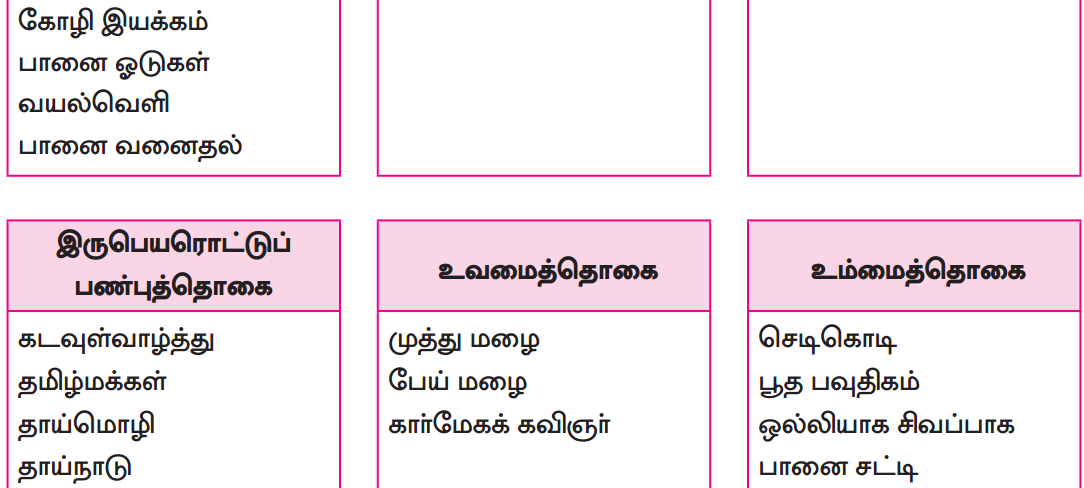


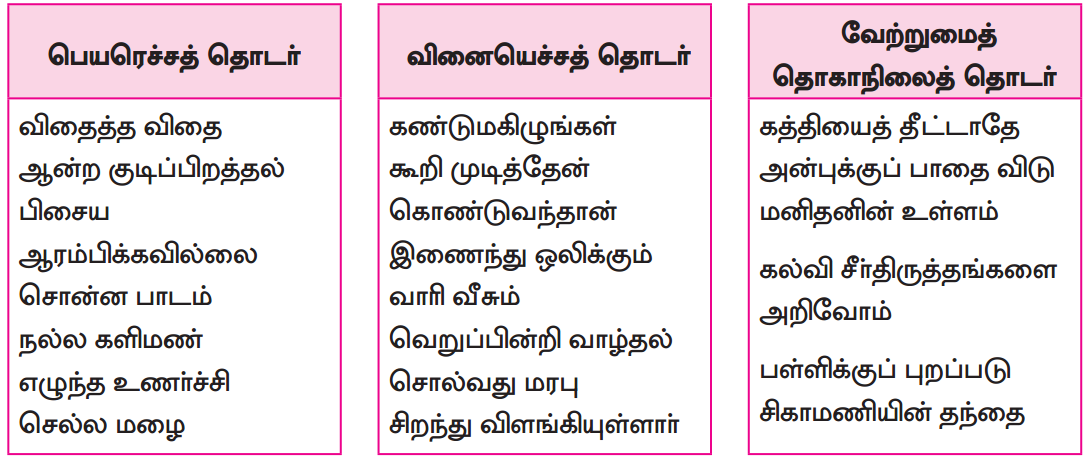


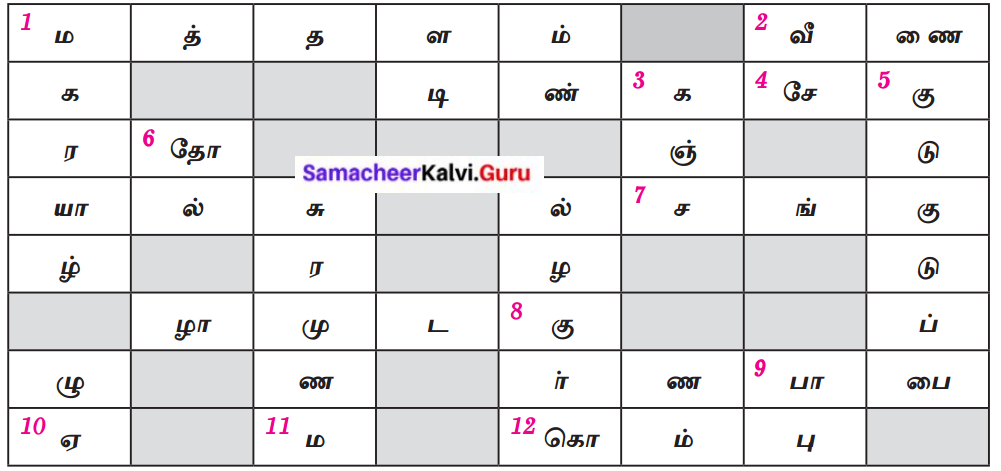
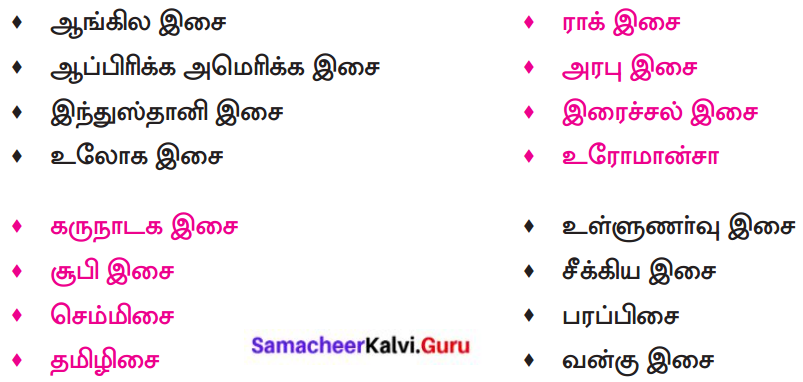

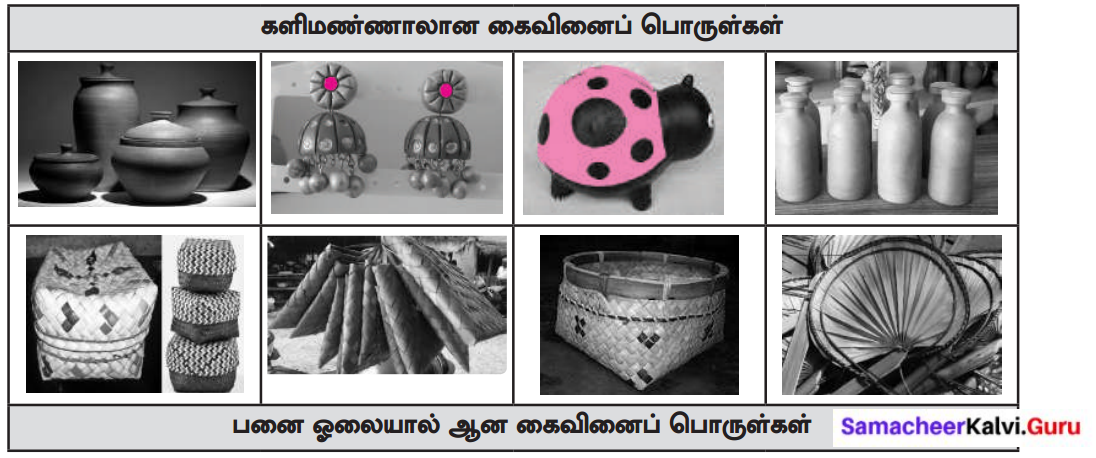


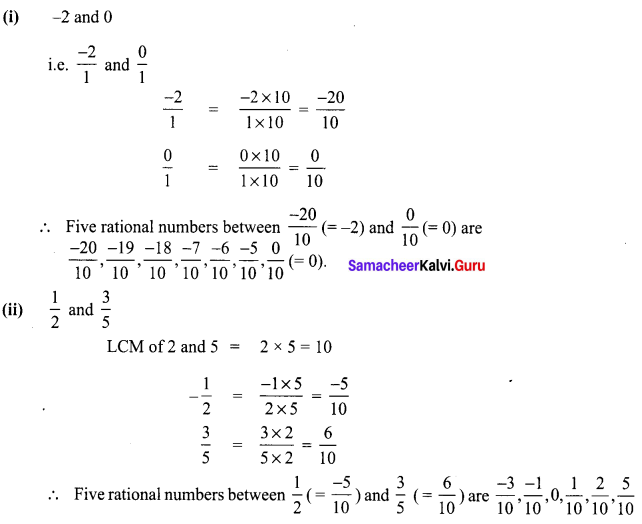
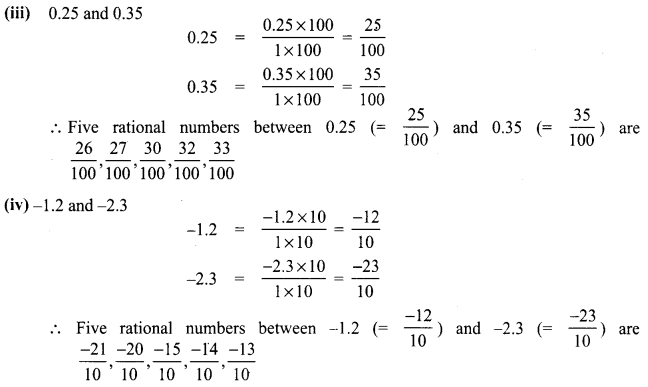
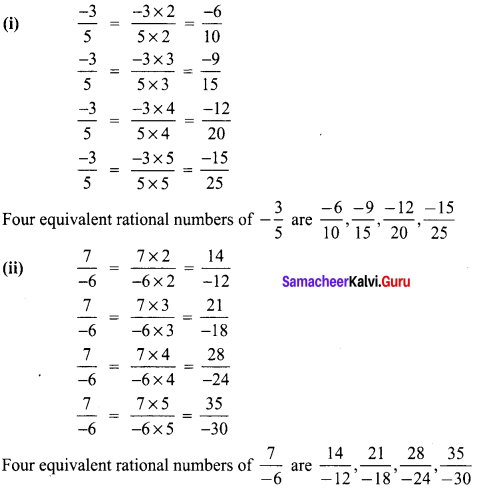
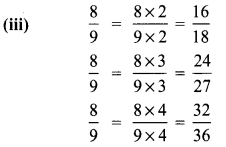
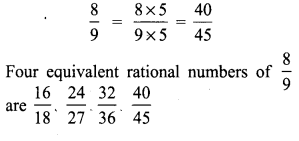
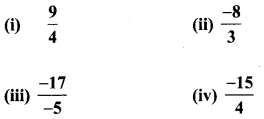
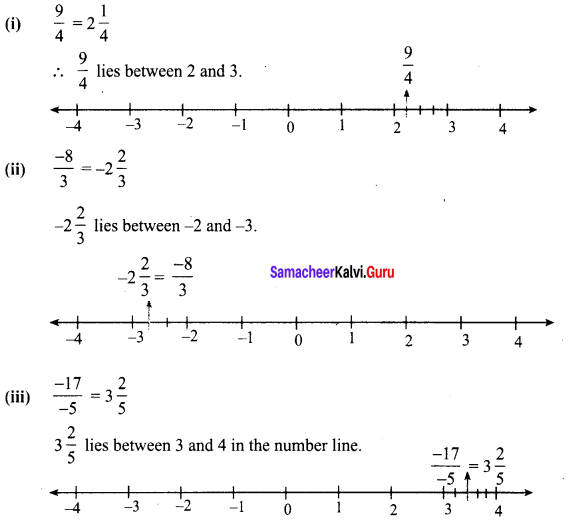


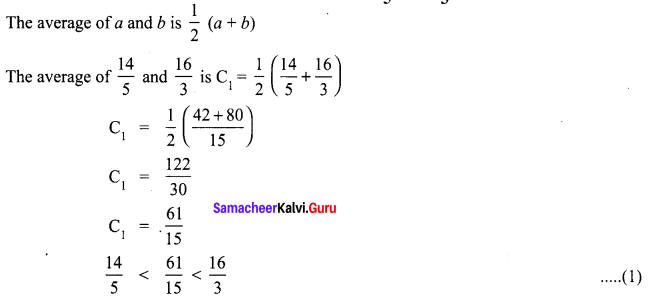
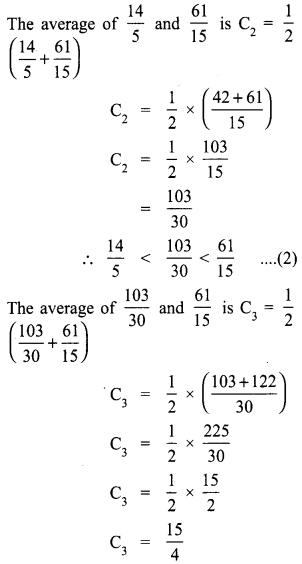
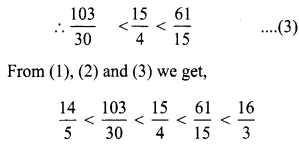
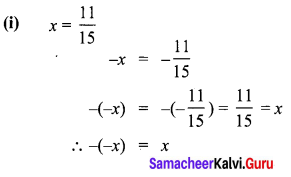
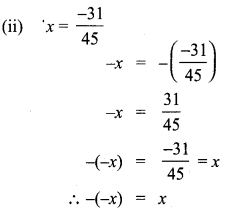
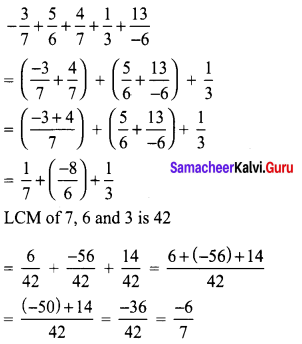
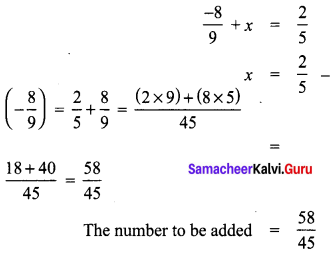

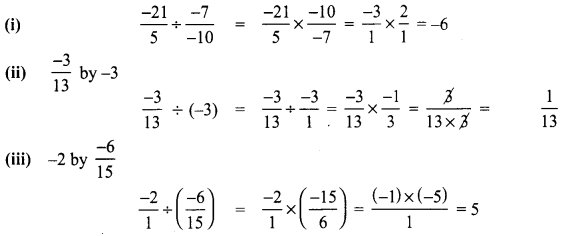


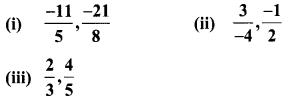
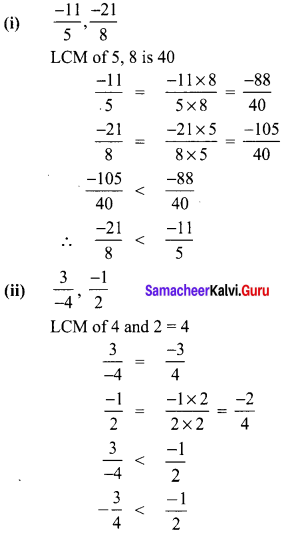
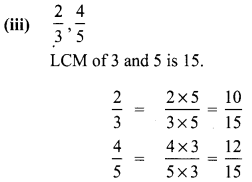
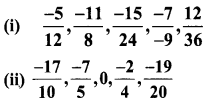
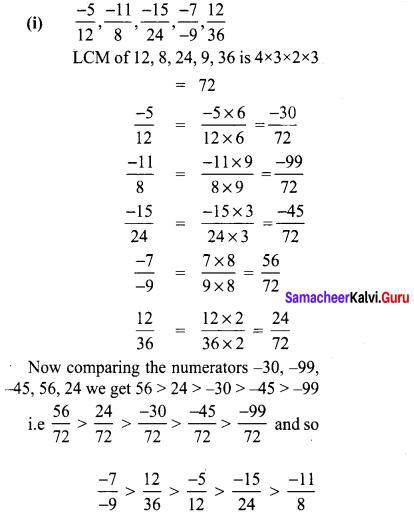
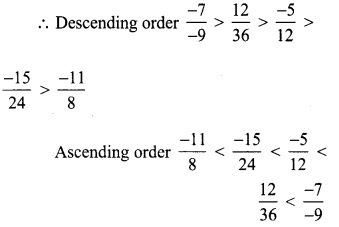
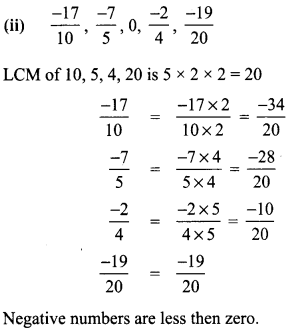
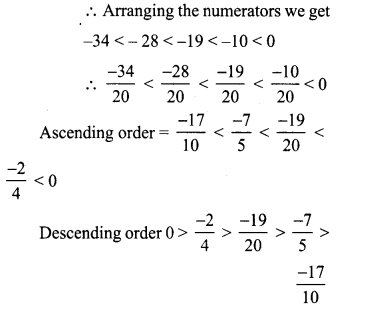


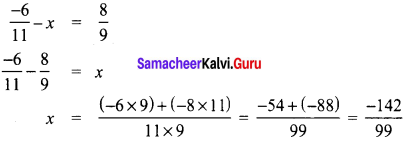
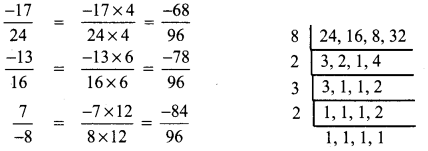
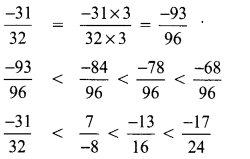


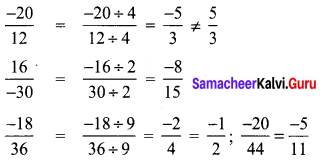

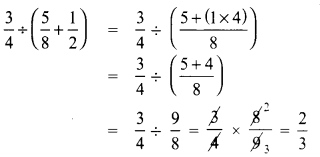
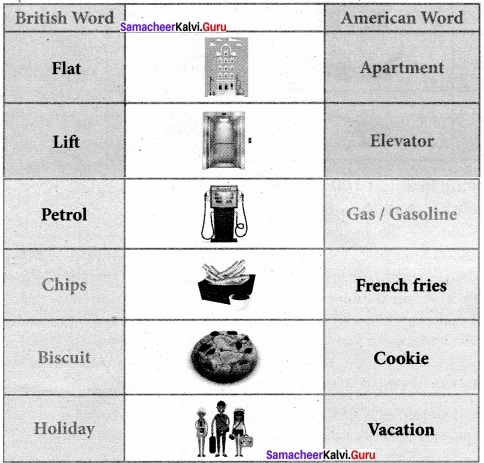
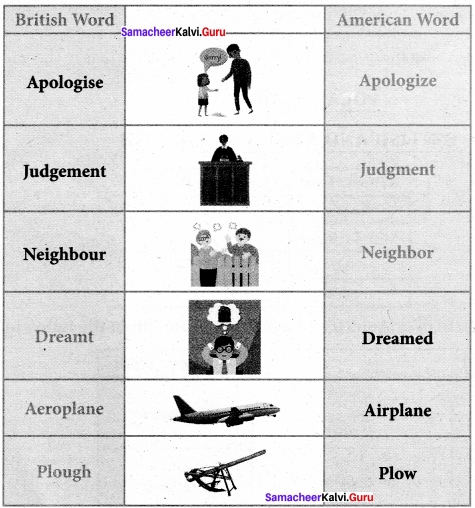
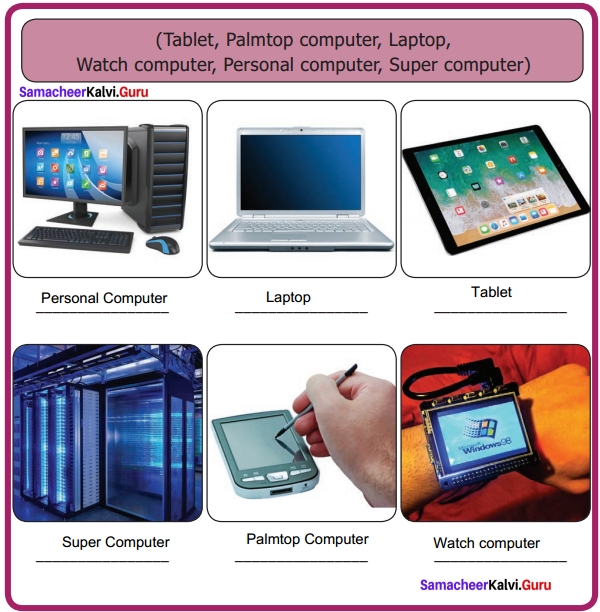
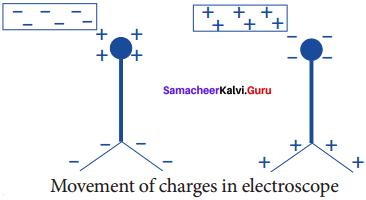
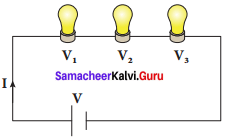
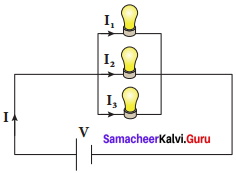


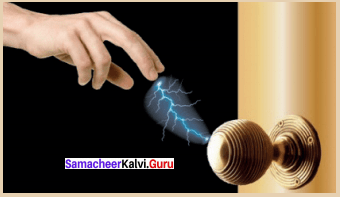
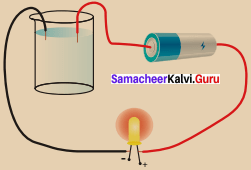
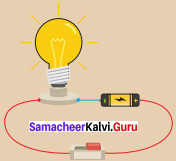
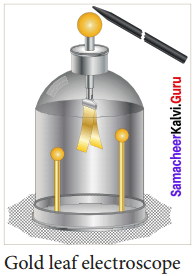
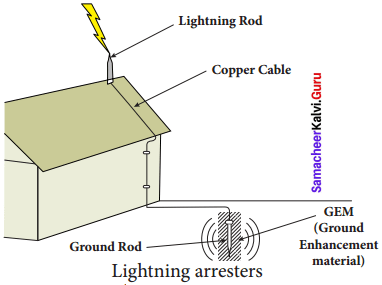
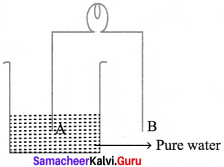
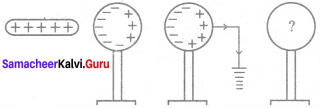

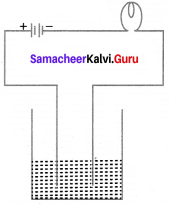
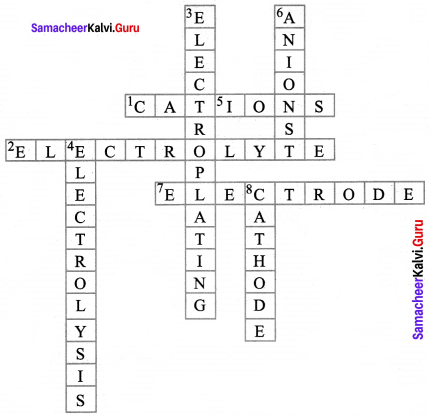
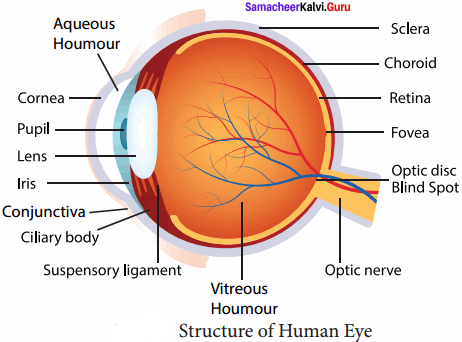
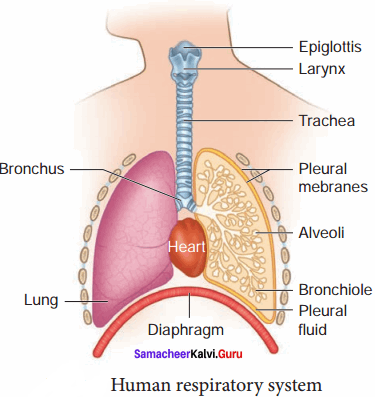

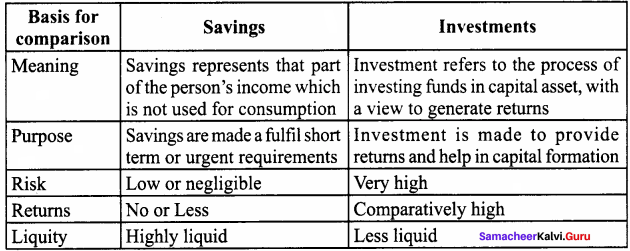
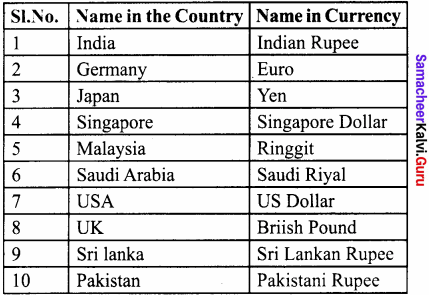

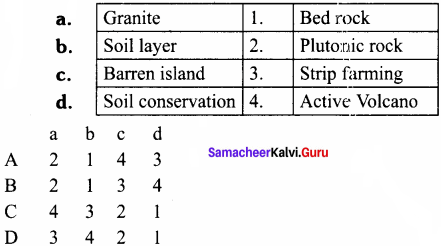 Answer:
Answer: